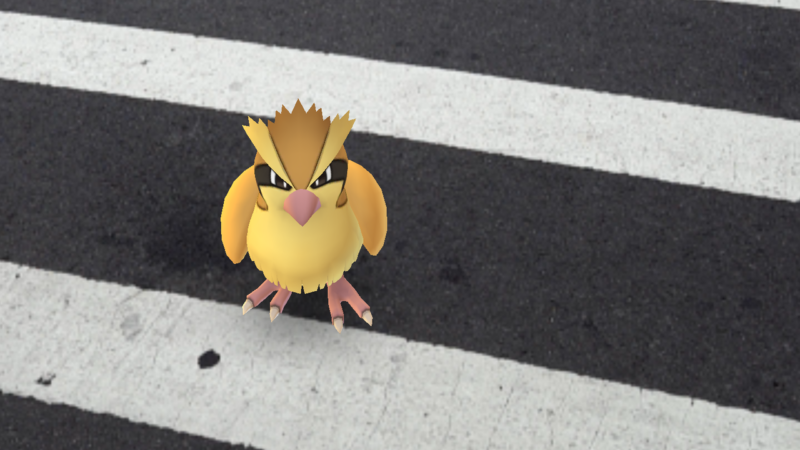Niantic appears to be using machine learning to hide rare Pokemon from bot makers. Pokemon Go developer Niantic appears to have opened up a new front in its ongoing war against third-party tools and trackers that use bot accounts to reveal where in-game Pokemon are hiding in the real world. Players are reporting that detected and flagged accounts are being limited so they can only see common Pokemon—not the most coveted, rarer beasts.
Pokemon Go Hub reported on the new security measure earlier this week, showing screenshots where two different accounts in the same exact location showed different Pokemon on their “nearby” lists. The site estimates that tens to hundreds of thousands of accounts may have been blinded in this way, based on reports from inside the Pokemon Go hacking community.
That said, reports suggest the enforcement has been somewhat sporadic, with “some botters claiming zero accounts blinded, and others reporting complete annihilation of their account farm,” according to Pokemon Go Hub. And while bot-makers can create free new accounts to try to get around the blinding, The Silph Road subreddit reports that many new accounts seem to be blinded quickly and automatically, signaling a change from the more manual ban waves Niantic has issued to bot makers periodically. Some suspect Niantic is making use of machine-learning algorithms to detect bots quickly while limiting false-positive punishments on legitimate accounts (the company was publicly searching for a Machine Learning Engineer last year).
“This is may very well be the beginning of Niantic’s machine learning approach to active bot countering,” user Dronpes writes on The Silph Road subreddit. “If the parameters for a shadowban are constantly adjusted server-side, as they can now easily be, then Niantic’s machine learning engineers can train their detection (classification) algorithms in ever-improving, ever more aggressive ways, and botters will constantly be forced to re-evaluate what factors may be triggering the detection.”
Users on Reddit are busy crowdsourcing a list of the Pokemon that are hidden when using these “blinded” accounts. Some tracker makers, meanwhile, are crowdsourcing user experience data to determine what, precisely, is setting off the blinding.
Niantic’s move continues a long war between the developer and hackers who have been trying to find ways to map the in-game spawn locations for Pokemon since shortly after the game’s release. Some bot-makers even use GPS spoofing technology to create apps that can play the game for you, virtually “warping” players to lucrative locations and snapping up Pokemon. Niantic has tried cutting off access to these third-party apps altogether in the past, but bot-makers quickly found a way around that block last August.
In a way, the new “blinding” punishment could be seen as a form of poetic justice for users that want to use third-party tools to see more Pokemon than the base game allows. Unlike a straight ban, the blinding can force bot makers and users to waste time playing a severely limited version of the game or devoting resources just to figuring out if they’ve been blinded in the first place. And if machine learning algorithms are really being brought to bear for more automated bot detection and enforcement, Pokemon Go‘s third-party tool makers may be facing their toughest challenge yet.



